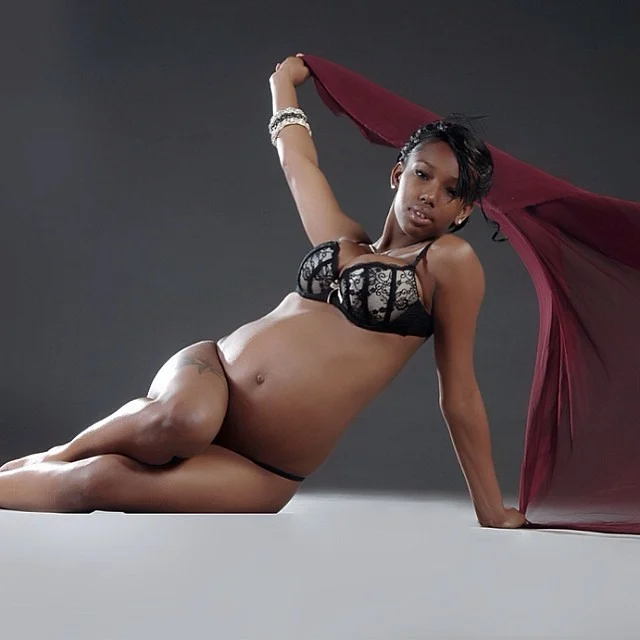Becoming a parent often means sacrificing sleep. It’s a reality we reluctantly embrace as we cater to our little one’s needs during those long and tiring nights. However, a pediatric practice in New York City has suggested that letting babies “cry it out” as early as two months old can be an effective sleep training method. If this sounds concerning to you, you’re not alone.
According to a report from The Wall Street Journal, the doctors at Tribeca Pediatrics endorse a controversial sleep training technique called “extinction,” which involves allowing infants as young as two months to cry themselves to sleep without parental intervention. Yes, you read that right—two months old.
Most parents are familiar with Dr. Richard Ferber’s gradual approach to sleep training, which involves checking on a crying baby at increasing intervals. However, even this method is typically recommended only for babies aged three to five months, at the earliest. Ignoring a baby’s cries entirely, especially a two-month-old’s, seems quite extreme.
The American Academy of Pediatrics advocates for methods like controlled crying or “camping out” near the baby’s room rather than letting them cry until they fall asleep on their own. Tribeca Pediatrics stands out as one of the few practices suggesting that a two-month-old should be left to cry alone, a practice that studies indicate could be unrealistic and even cruel.
Research published in the journal Early Human Development focused on infants aged four to ten months and found that both babies and their mothers experienced heightened stress when infants were left to cry without comfort. The babies exhibited signs of distress, and their cortisol levels—a stress indicator—remained elevated even after they had stopped crying. Essentially, they had learned to give up rather than find comfort.
It’s important to note that this study specifically looked at babies who received no comfort from their mothers. The picture shifts dramatically when parents provide reassurance and comfort. Now, consider applying this scenario to a two-month-old, who is still adjusting to life outside the womb. This early stage, often referred to as “the fourth trimester,” is a crucial time for babies to receive the nurturing and calm they need.
Most two-month-olds aren’t yet at the weight where they can sleep through the night without feeding, which is often cited as around 11 pounds. Many babies at this age still need to nurse or bottle-feed during the night, making it even more challenging to expect them to self-soothe without support.
Ultimately, every parent faces tough decisions when their little one struggles to sleep. As a mother who had a particularly challenging infant, I understand the desperation that comes with sleep deprivation. This urgency can lead parents to trust medical advice that promises more rest. However, it’s essential to rely on your instincts, especially when it comes to the well-being of such a young child. While self-soothing is a vital skill, there’s a significant difference between allowing a baby to fuss for a few moments and leaving them to cry until they exhaust themselves.
No one argues that parents should respond to every single whimper, but at just two months old, it’s reasonable to believe that a baby’s cries signal a genuine need. Regardless of what a doctor may suggest, every baby’s situation is unique, and their cries often carry a meaningful message.
If you’re interested in exploring more about parenting and home insemination, check out our article on this blog. For couples navigating their fertility journey, Make a Mom is an excellent resource. Additionally, Mount Sinai offers valuable information on infertility resources.
Summary:
In summary, while some pediatric practices endorse letting two-month-olds cry themselves to sleep, many experts and studies warn against this approach. Babies at this age require comfort and nurturing as they adjust to their new environment. Trusting parental instincts and understanding the needs of infants is crucial, as every baby is unique.
